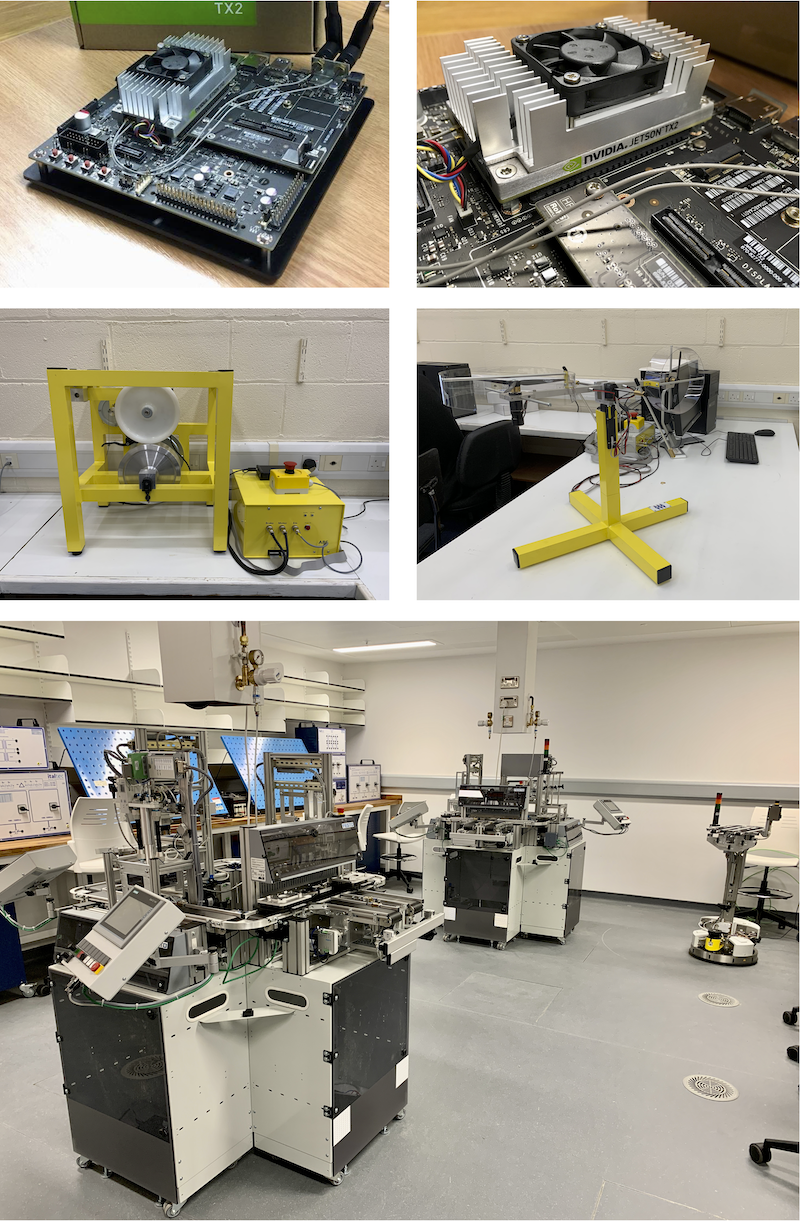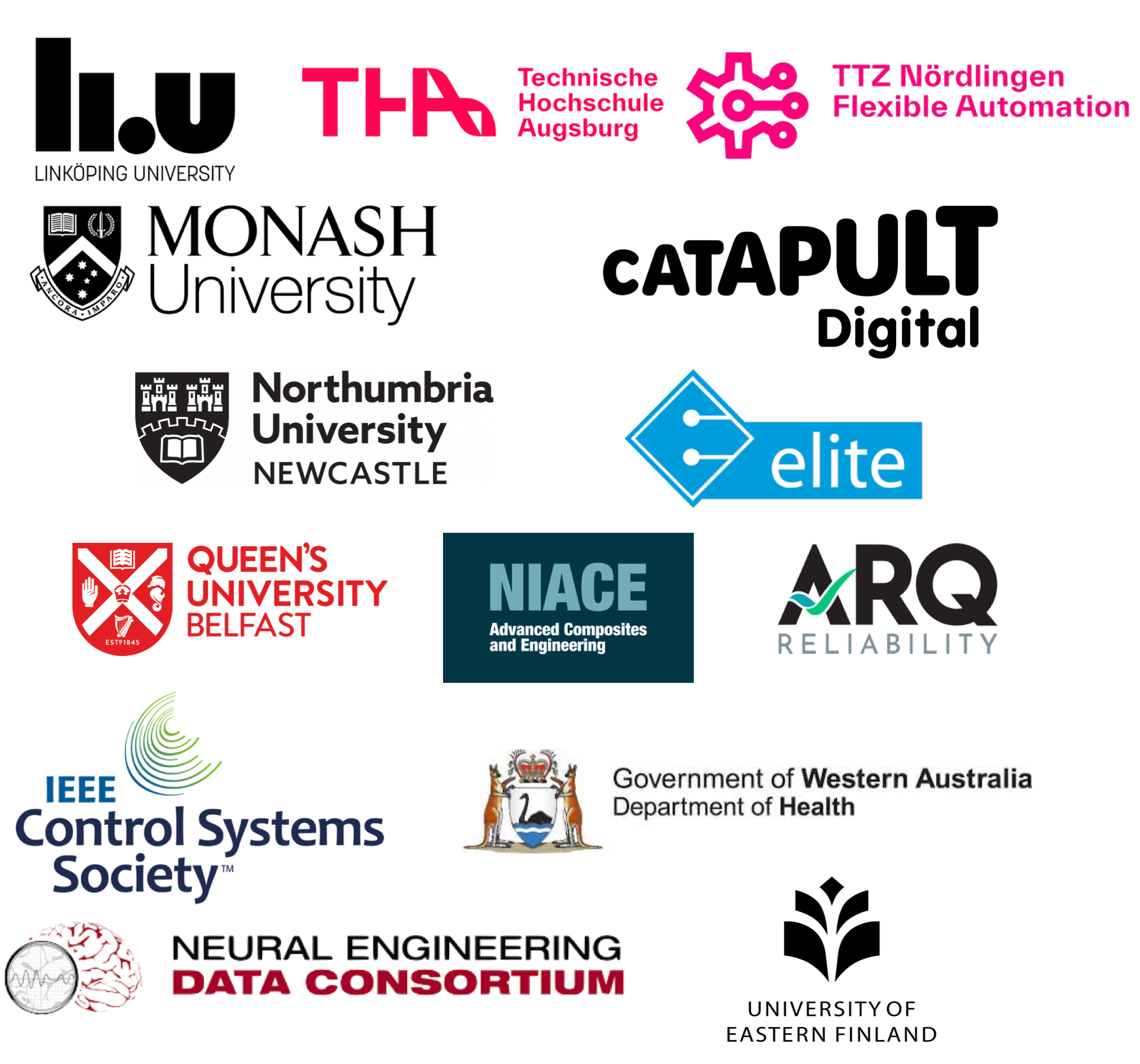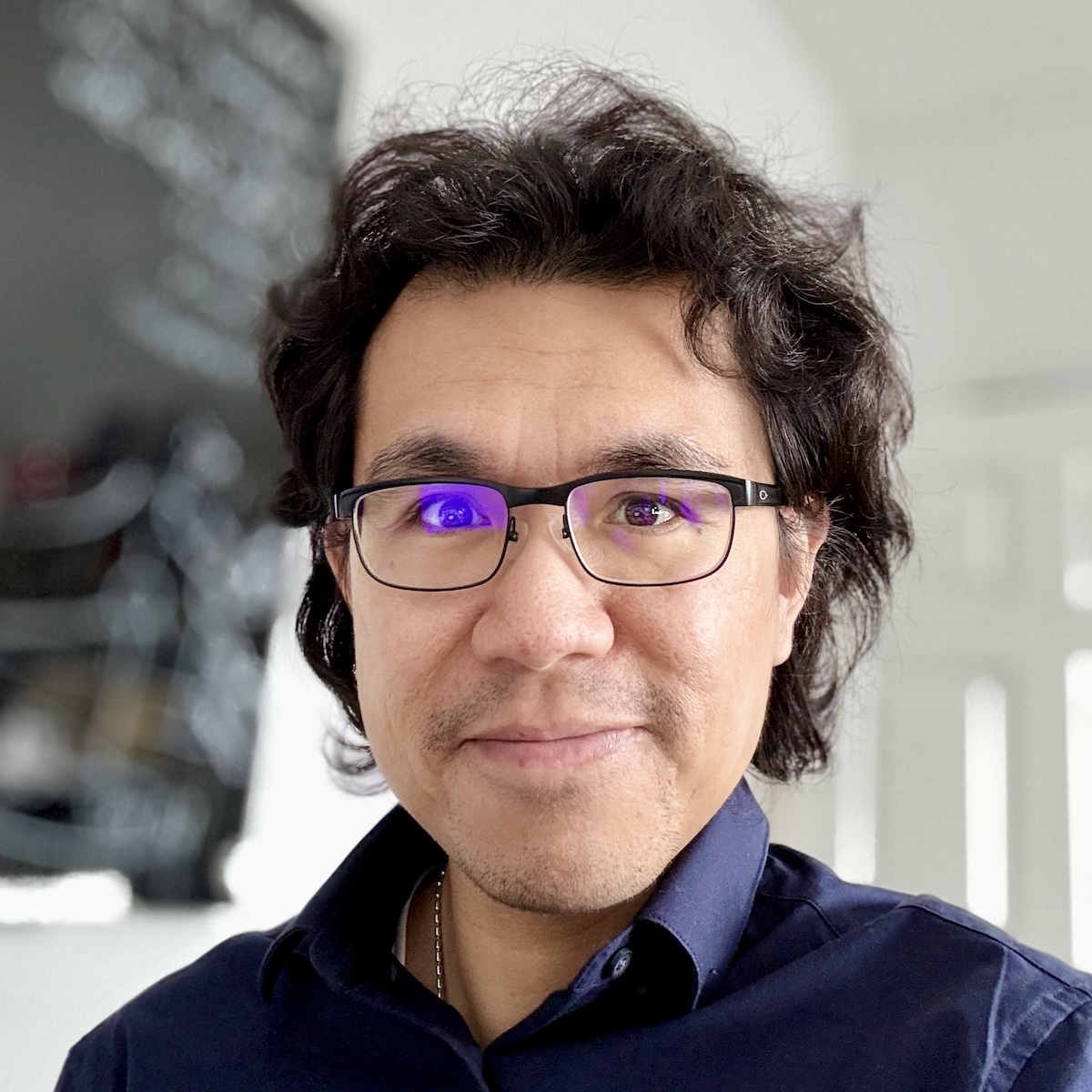General Research Activities
We primarily conduct research on anomaly detection and classification using model-based and data-driven methods on the following:
-
Robotics and mechatronics systems to perform fault diagnosis and to enhance automation and reliability, including Digital Twinning and Industry 4.0 applications.
-
Biomedical signals such as ECG and EEG to identify the key biomarkers for early detection of diseases and to enhance the accuracy of diagnostics.
Research Facilities
Based in the School of Engineering and led by Mark Ng (PI) and Prof. James McLaughlin (Co-I), the DfE-funded lab features state-of-the-art robotic systems for active research and teaching in the coming years, with close to £250k of new equipment including
- 2x ER-FLEX 250 (UR-5e cobot + MiR250 AMR combo)
- 4x Turtlebot4
- 3x Bambulab X1 Multi-Filament (AMS) and Multi-Material-capable 3D-Printers
- 3x OrangeApps KUKA-compatible Robotic Arms
- 4x MinSeg Robotic System
- Sonotec PR 200 Combi Pulser
- Picoscope 5443D Oscilloscope
- Ultrasonic Immersion and Contact Transducers
Other existing equipment featured in the lab, bringing it to more than £500k in value including the new equipment above are
- INTECO Dual-Rotor Aerodynamical System
- INTECO Antilock Braking System (ABS)
- Festo CP LAB Variant 3, which includes the following:
- 6x Pallet Transfer System
- 4x System Trainers With A4 Frames
- 2x CP Bridge
- 1x Robotino + SIM Environment
- 2x Magazine Modules
- 1x Measurement Module
- 1x Muscle Press Module
- 1x Tunnel Furnace Module
- 1x Workpiece Output Module
- NVIDIA Jetson TX2
The lab will facilitate research and teaching in the fields of robotics and mechatronics systems, control theory, digital twinning, additive and advanced manufacturing, rapid prototyping, non-destructive testing (NDT) using ultrasonic testing (UT), etc. Furthermore, these activities will be supported by other tied-in facilities available at Ulster such as the Dell Bright Cluster HPC and Digital Twin System, which consists of the following components:
- 1 PowerEdge R6525 Head Node
- 3 PowerEdge R6525 Compute Node
- 1 PowerEdge R750 GPU Node
- 1 PowerEdge R6515 SDP Node

Research Partners and Collaborators

